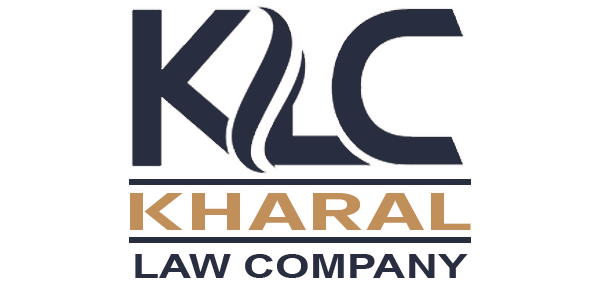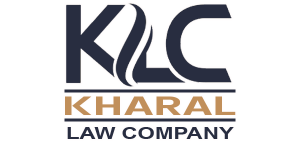Minutes of the board meeting are a critical aspect of good governance that ensure that there are accurate records of every discussion and decision. The responsibility of taking minutes of a meeting usually falls to the secretary of the board or the person assigned to this task.
The person who keeps the minutes of the meeting must be able listen and accurately record the entire meeting even when directors are discussing a subject or arguing over one another. The minutes may also be scrutinized by a judge when the company is sued and they should be as objective and impartial in the event of a lawsuit.
Identify the date and time of the meeting. This information is essential to organize your minutes following the meeting. It also allows readers to find information quickly. It is important to note if the meeting is a regular or special emergency or executive session.
In the list, you should include all attendees of the meeting. This includes the presiding officers, board members, and non-voting participants like staff, guests, or other attendees. It is essential to keep track of all attendees, especially when recording meetings held remotely.
Include a summary of every item on the agenda. This can be accomplished by a paragraph or two of a summary that summarizes the most important topics discussed as well as any significant decisions made. It is important to not include too excessive details. The details of minute documents can be overwhelming to readers and can make it difficult to understand the overall direction of the company.


